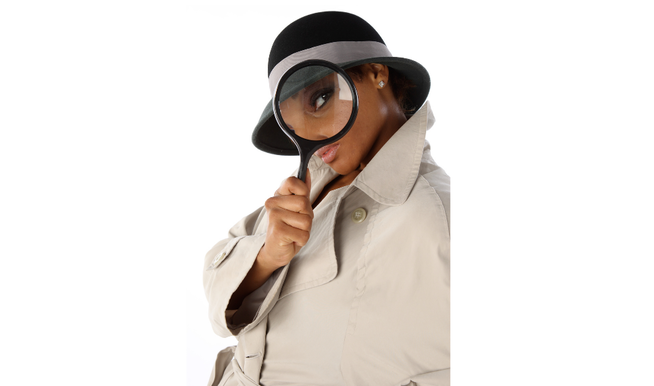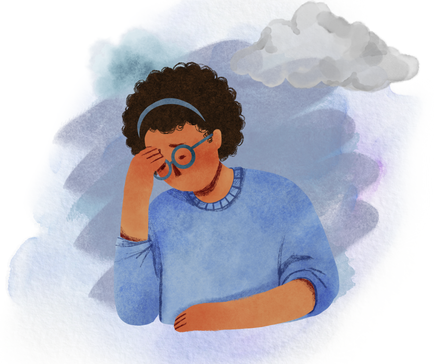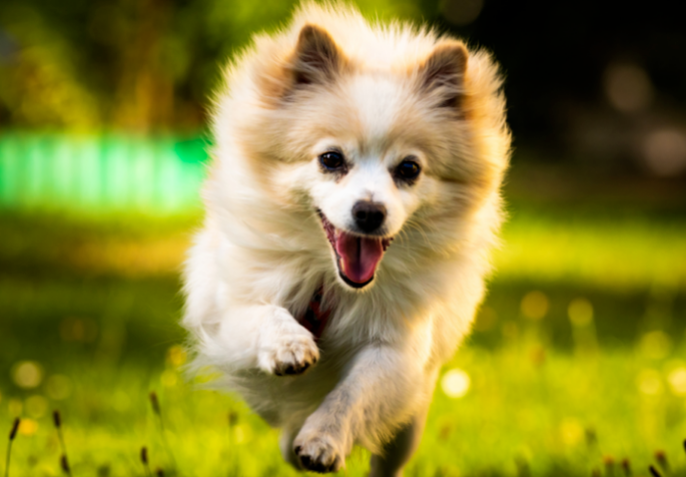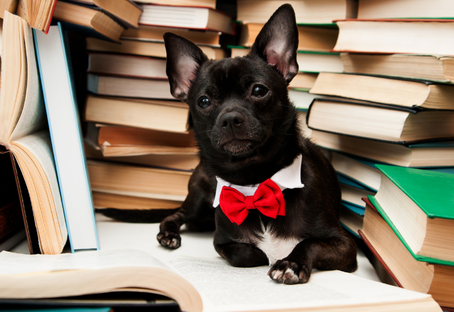|
5/23/2021 0 Comments The Clue is in The CueWe humans like our dogs to do the things we ask them to do. We used to call this communication, a command. That always seemed too harsh, and army-like. Now we call them cues. A cue is a piece of information that causes behavioural change due to the detection of a reward and is part of a habit-forming chain. See my previous article for information about how habits have formed The Importance of Measuring Progress. We like to think that our dogs understand what we are saying to them. The truth is they don’t, not unless we teach them what a word means. If you want to know what verbal communication means to your dog without teaching them its associated behaviour try this exercise. Stop Speaking PurpleFind someone to work with
This is confusion is what our words mean to our dogs. We chat all the time to them, thinking they clearly understand. They don’t understand our words, so perhaps we should stop talking ‘Purple’ to them. ToneOur dogs understand our tone – a higher pitch is inviting, a lower pitch communicates to leave or stay away. Why do our dogs understand this? It is because this is the communication that they use with each other. Our dogs interpret our words by trying to relate them to what they already know. Want to try this out? Stand away from your dog and say ‘Pup, Pup’ in a high-pitched voice and watch your dog run towards you. They are responding to the tone in our voice. Now say ‘Pup, Pup’ in a low and gruff voice. They will look at you with hesitation, trying to work out what you want but keeping their distance. So how do we teach our dogs to understand us? We can use visual or verbal cues. Our dogs seem to understand more than our words so what have they learned about us and how? Visual CuesOur dogs react to more than our verbal cues, they are genius at reading our body language. They watch how we move, what we point at, the speed of our movements, the facial expressions that we make. Through careful observations, they have learned to interpret this. A hand that picks up a lead means we are going for a walk. A turn towards that cupboard might mean it is food time. They can even read chains of events. Think about your morning routine and what predicts you leaving the house. These are visual cues. The signals that our dogs look for to predict events. Often we won’t even know that our dogs are reading us. Sometimes they will read our body language incorrectly, after all, unless we teach them what our gestures mean they are guessing. We can incorporate hand signals into our dog training. It is to our advantage to teach them these before we teach them words. Research studies highlight that dogs learn visual cues more quickly than verbal communications. Verbal CuesIf visual cues work so well why do we teach verbal ones? Humans express themselves with words. This is how we communicate with each other. Children learn words by associating a word with an object. A young adult human understands approximately 60,000 words. Our vocabulary continues to develop as we get older. As we are exposed to the new subject matter and new technology we learn new words. A year ago no one used the word coronavirus now it is an everyday word with an attributed meaning. Have you ever thought about how many words your dog understands and how they have learned these? Dogs also learn through association. Dogs learn to interpret our body language and our tone. Research has shown that dogs are better able to learn when both the left and right side of their brain is activated. The left side of the brain is involved in understanding words and the right-hand side translates tone. It is worth bearing this in mind when we are teaching our dogs a new word. When words are linked to a pleasurable reward-based activity such as food, playing, or affection and a tone that they like they learn faster. When we do this we increase the relationship bonds between us and enhance communication. We can build our canine vocabulary by:
Environmental CuesOur dogs also respond to environmental cues – these are cues that do not come from us. For example, the doorbell rings and your dog goes to the door to see who is there. Or there is sunlight coming through a window so lie down on the floor here. Pop your dog into the car and drive to a certain place every day and they soon learn that a smell, a rumble in the road and, the swing of the vehicle means they are nearly at their walk. Using environmental cues can be useful as it takes out the need to always instruct our dogs what to do. We can teach them that a pavement edge means they should sit and wait patiently or seeing their food bowl means they should wait quietly. There are a variety of different ways that environmental cues are useful. Dogs are clever and are capable of learning a great deal of information from us. We owe it to them to try to understand how they learn. When we are clear with our communication and teach them in a way they can understand a beautiful harmonious relationship occurs. Need Help?If you need help understanding how to teach your dog please give me a call.
I offer individually tailored 1-2-1 Canine Coaching Sessions which may also be helpful. Each session is 1-2 hours long and includes a follow-up email report and telephone support. Sessions start at £45, packages are available for multiple sessions.
0 Comments
Leave a Reply. |
Search by typing & pressing enter




